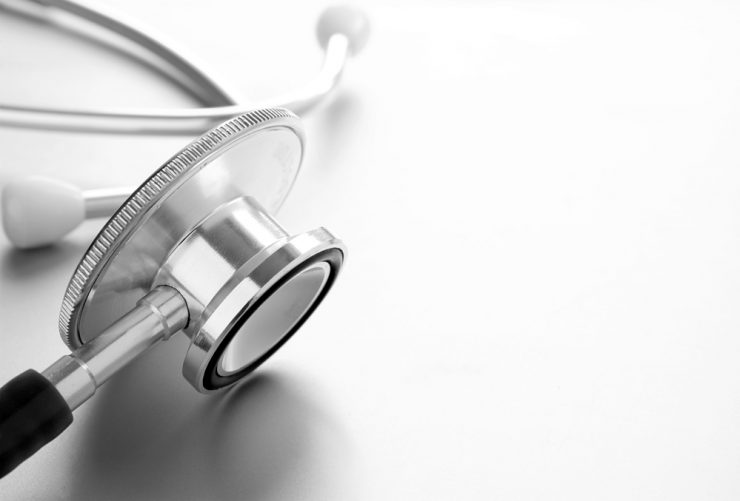Treatment for postherpetic neuralgia
Painkillers
Depending on the rate of severity of the symptoms, painkillers are prescribed. However paracetamol is the most likely. If this doesn’t work, stronger painkillers like codeine along with paracetamol is recommended
Antidepressants
Tricyclic antidepressants are prescribed if none of the painkillers work and not because of depression. This eases pain to great extent. They act on some chemicals in brain and result in making their sensitivity low. Tricyclic antidepressants might not completely ease the pain.
Nortriptyline, imipramine or Amitriptyline are few prescribed tricyclic antidepressants. Side effects like drowsiness and dry mouth can be caused. However lower dose are prescribed for postherpetic neuralgia as you might experience mild side effects.
Anticonvulsants
In case paracetamol & codeine may not control the pain and you might not take tricyclic antidepressants as it might not be suitable, you are recommended a anticonvulsant medicine called as gabapentine, side effects like muscle weakness, dizziness, drowsiness are caused by it. Anticonvulsants are used for treating epilepsy but they are also used for postherpetic neuralgia as it calms down nerve impulse.
Capsaicin cream
If any of the above mentioned is not effective, you are recommended to use capsaicin cream for added pain relief. The nerves get blocked which passes pain message by using capsaicin cream. You can experience relief in pain in the first couple of weeks but at least one month is required before it shows its effects. Your skin may experience burning sensation. But there is nothing alarming, with maximum usage the minimum you shall notice it. You need to avoid this cream while taking bath with hot water as it might cause burning sensation.
Lidocaine patches Lidocain patches have painkilling effect on the area where the patches are aplied. It also contain local anesthesia. This is used if you are not comfortable using creams and tablets recommended for postherpetic neuralgia.
Diagnosis
Trigeminal neuralgia
Your face is examined to find which parts are painful. For diagnosing neuralgia you may need to have a MRI (magnetic resonance imaging) scan. This gives detail images of the brain and trigeminal nerve. This confirms diagnosis of trigeminal neuralgia and also shows whether this is caused by any ther condition like multiple sclerosis.
Postherpetic neuralgia
This is easy to diagnose as it occurs as a complication of shingles, diagnosis of postherpetic neuralgia is done on the basis of your symptoms and how long you have had them.
Self Help
Below mentioned are certain triggers that help to ease pain of neuralgia.
1] Trigeminal neuralgia
Avoid draughts and winds
It can be triggered by draught in the room or even wind. In such cases avoid sitting near air conditioners or open windows and wrap your face around a scarf if the weather is windy.
Be wary of heat and cold
Avoid eating anything that is very cold or very hot and make sure you use a straw, to prevent liquid coming in contact with painful areas.
2] Postherpetic neuralgia
Wear comfortable clothing
Avoid tight fitting close as this can irritate the skin and worsen the symptoms. Always use loose fitting cotton clothes.
Cover sensitive areas
Cover certain areas which are very sensitive with a cling film or plastic wound dressing. This shall keep the area protected from coming in contact with clothes.
Use cold packs
Incase cold makes postherpetic neuralgia worse you need to use gel fill cold pack to numb the pain.












